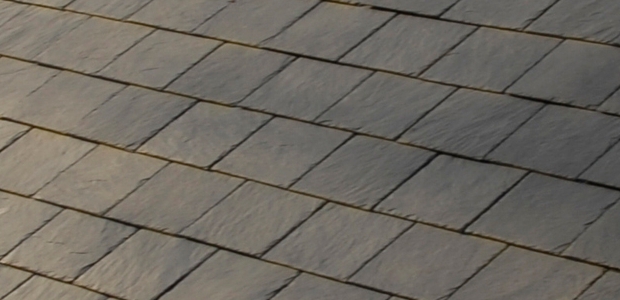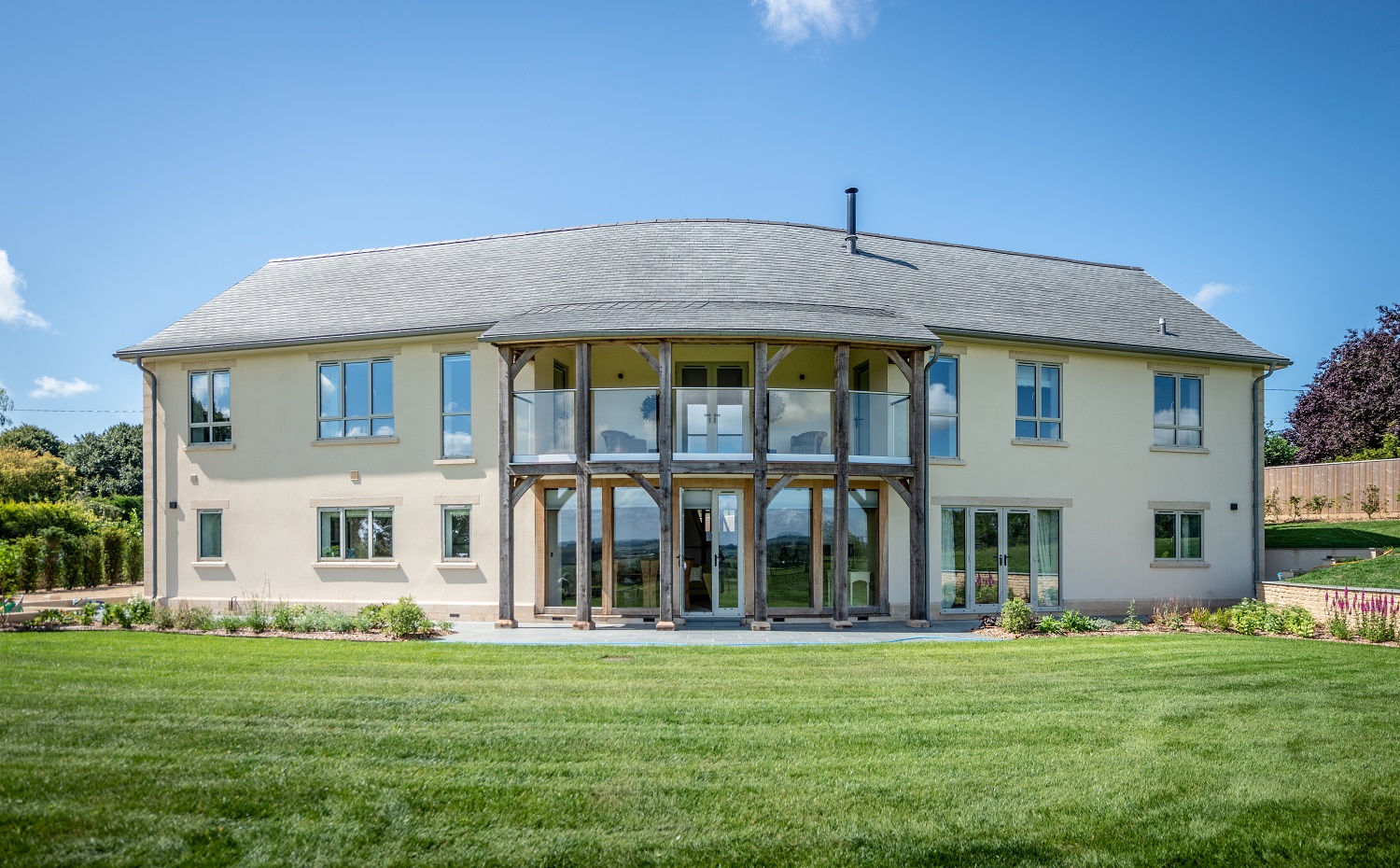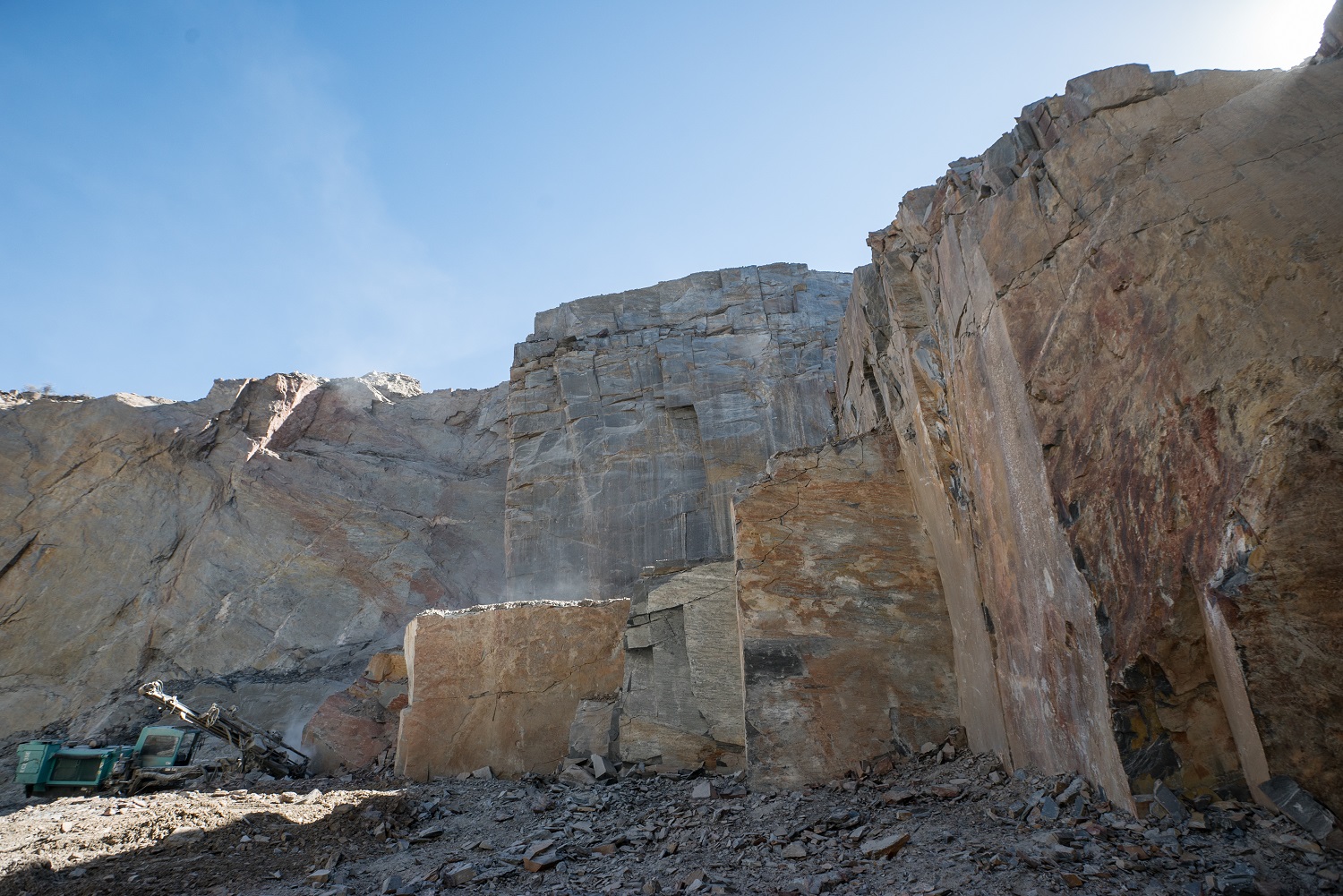Have you noticed how people always seem to be reading the same books as one another?
It struck me recently during a trip on a London tube. In my carriage alone, seven women were engrossed in one of the “50 Shades of Grey” series of books. It started me thinking about the huge choice of colour there is when specifying natural slate. Referring to slate as “grey” simply doesn’t cover it.
A Sarria slate at face value, for example, appears to be dark grey in colour. Add a bit of sunshine, however, and the mineral inclusions in this material magically sparkle with a distinct blue tinge. This naturally attractive appearance does not fade, either in sunlight or generally harsh conditions, so it is specified in a variation of installations, from farmhouse restorations to luxury residential developments.
 And from blue, to green. Riverstone slate is generally described as medium grey in colour. This can sound pretty dull on paper until you add the fact that it also displays a beautiful green satin-like sheen that makes some of the best looking roofs out there.
And from blue, to green. Riverstone slate is generally described as medium grey in colour. This can sound pretty dull on paper until you add the fact that it also displays a beautiful green satin-like sheen that makes some of the best looking roofs out there.
This ‘slate’ is technically phyllite, which is an even harder wearing, denser and stronger material. Good architects recognise the eye-catching green lustre and coarser grain of phyllite roofing, as well as its comparative rareness in commercial volumes. It means it is often specified in some of the most prestigious projects in the country. Riverstone, for example, was used in the recent refurbishment of Victoria Barracks in Bodmin, Cornwall to preserve the high quality, good looks of such a historic and well-loved grade II listed building.
Slate that has been sourced from different parts of the same quarry can also have a markedly different appearance. So, while you would certainly describe Del Carmen slates as being grey, the finished look of a project where it is used will be determined by which of the two different faces in its quarry the material has been taken from.
One of the faces provides slate of rich blue-grey tones and deep bold textures, which have worked well on installations ranging from Georgian-style architecture to those where specifiers are looking for a robust alternative to slate from the now defunct Ffestiniogg quarry in the north of Wales.
 The second location in this quarry, meanwhile, yields Del Carmen slate that is a deep, dark grey, with a distinctive longitudinal grain. The most rustic slate of this colour is the Celtas grade, which has a riven texture and tends to be thicker than the rest of the range. Accordingly, this requires more skill to fix; but in the hands of a reputable slating contractor it provides a great looking natural finish. This colour and grade is favoured by many of those who really appreciate the subtle variations in the appearance of natural slate.
The second location in this quarry, meanwhile, yields Del Carmen slate that is a deep, dark grey, with a distinctive longitudinal grain. The most rustic slate of this colour is the Celtas grade, which has a riven texture and tends to be thicker than the rest of the range. Accordingly, this requires more skill to fix; but in the hands of a reputable slating contractor it provides a great looking natural finish. This colour and grade is favoured by many of those who really appreciate the subtle variations in the appearance of natural slate.
When specifying natural slate, remember there’s an entire library of colours to complement the breadth of your imagination.
Those 50 shades of grey are just the beginning.


